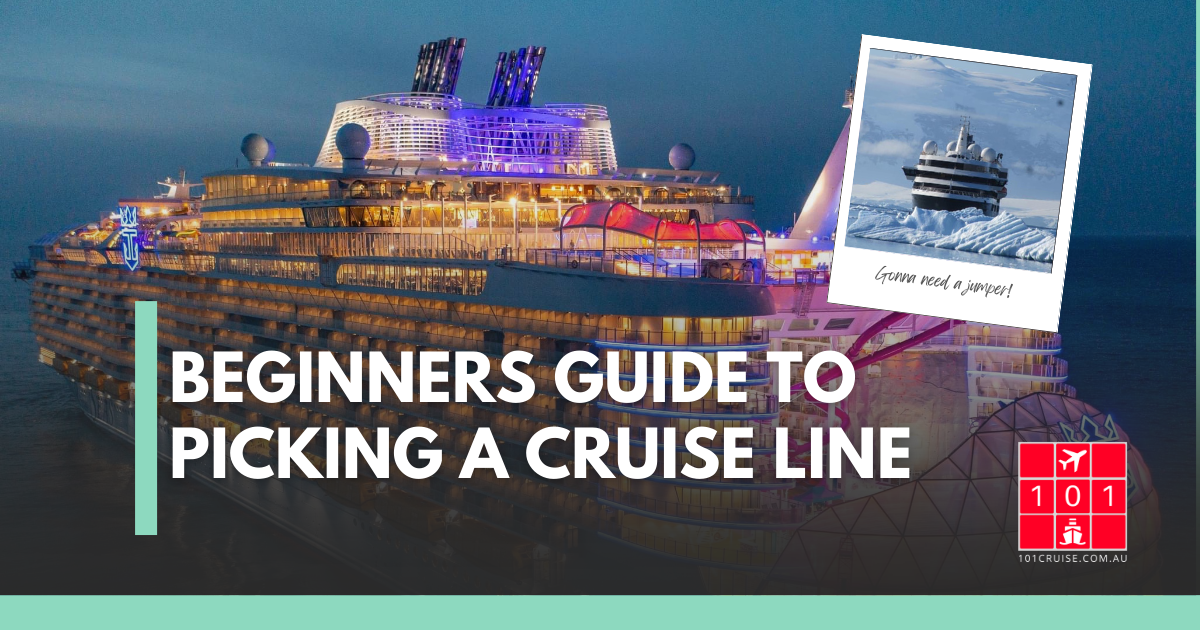The benefits on adjoining rooms on a ship
Are you planning a family holiday or perhaps a reunion with friends on a cruise ship? Consider booking adjoining cabins for a more convenient and enjoyable experience. Adjoining cabins, also known as connecting cabins, are two or more cabins located next to each other, often with a shared door between them.
Many regular cruise rooms, also called cabins or staterooms, can sleep up to four people. All rooms have two twin beds that can be pushed together to form a queen or king; additional sleeping spots might be a pullout sofa or upper bunks that fold down or pull down from the wall or ceiling. Depending on the size of the room, fitting four people -- and all of their belongings -- in one cabin can be tight.
Some cabins are designated as family staterooms and can sleep five or more. Additionally, some suites that aren't specially geared to families have beds for five or more people.
If you don't want to squeeze your entire family into one cabin, try booking adjacent cabins that interconnect.
What is the benefit to booking a "family stateroom"? Are they more expensive?
Family staterooms are cabins designed to accommodate families. The amenities vary by cabin type and by cruise ship, but most can sleep at least four and sometimes up to 10.
These cabins might have sleeping areas in separate rooms or have a room-dividing blackout curtain that you can pull closed for privacy. Some feature two or more bathrooms, often with bathtubs in addition to showers. Family accommodations may also be located near the kids club or, as with Carnival's Family Harbor area, have access to a shared lounge with TVs, games and snacks. They're useful for large families who want to stay in the same room, and for families of any size looking for more space.
Family cabin pricing varies widely, depending on the size of the room and how many people will be sharing it. (Cruise line fares are per person, not per room like hotels.) The best way to find out which option will be least expensive is to price out a few cabin configurations.
For example, a family oceanview cabin might be more expensive than a regular oceanview stateroom, but booking two regular cabins to house your entire family might end up costing more than booking one family room with discounted third, fourth and fifth passenger fares. Some lines even have limited-time offers of kids-sail-free when booked into the same cabin as parents.
What are interconnecting cabins?
Interconnecting cabins are adjacent cruise rooms that can be connected by opening up doors in the middle of each cabin that lead into the room next door. Booking interconnecting rooms lets parents sleep in one cabin and kids in the other, allowing parents to keep an eye on their kids while still maintaining some privacy.
In addition, families can benefit from two bathrooms, two sets of closets and storage space, and two living areas. If you book interconnecting cabins with balconies, often the divider between the verandahs can be opened to create one larger, shared balcony.
Most interconnecting cabins are between same-category rooms, but some ships do have suites that connect to standard balcony cabins or other configurations that let parents book a nicer room and put the kids in a smaller, less expensive room next door.
Some high-end suites can be connected to make one humongous living space with multiple bedrooms and bathrooms. For example, Royal Caribbean's Family Connected Junior Suites with Balconies on Royal Caribbean's Quantum-class ships combine a junior suite, balcony cabin and solo cabin into one large room that sleeps up to 10 passengers.
RELATED: You need this security passport holder that works with Apple “Find My”
Can I book the kids in a separate cabin so my spouse and I can have privacy?
It depends on the cruise line and the age of the kids. Some lines will let parents book kids into inside cabins across the hall or even a few cabins away; others will not. Some cruise lines look the other way when families book two rooms, assign one parent to each cabin for booking purposes, then request additional room keys and sleep the parents in one room and the kids in another.
However, if you do this, know that passengers must report to the muster station assigned to their original cabin for any safety drill and in the unlikely event of an emergency. Generally, cabins near each other are assigned the same meeting points, but it's not always the case; there is a possibility that in an emergency situation, parents could be separated from their children.
Benefits of Adjoining Cabins
Convenience: Adjoining cabins make it easy to move between rooms, perfect for families with children or groups of friends who want to be close to each other.
Increased Space: By booking adjoining cabins, you can effectively create a larger living area, ideal for families or groups who need more space.
Privacy: While still having separate bedrooms, adjoining cabins offer the perfect balance of privacy and proximity.
Cost-Effective: Booking adjoining cabins can be more cost-effective than booking multiple separate cabins.
RELATED : 7 reasons to splurge on a suite for your next cruise
How Many Cabins Have Adjoining Rooms?
According to the Cruise Lines International Association (CLIA), approximately 70-80% of cabins on cruise ships have adjoining rooms. However, the exact number can vary depending on the cruise line and ship.
Here's a breakdown of the average number of adjoining cabins on popular cruise lines:
Carnival Cruise Line: 75%
Royal Caribbean International: 72%
Norwegian Cruise Line: 70%
Disney Cruise Line: 80%
Tips for Booking Adjoining Cabins
Book Early: Adjoining cabins are in high demand, so book early to ensure availability.
Check with the Cruise Line: Confirm the cruise line's policy on adjoining cabins and any specific requirements.
Guarantee: Some cruise lines offer a guarantee that adjoining cabins will be located next to each other.
In conclusion, adjoining cabins on a cruise ship offer numerous benefits for families and groups, including convenience, increased space, privacy, and cost-effectiveness. With approximately 70-80% of cabins having adjoining rooms, there are plenty of options available. Book early and check with the cruise line to ensure a smooth and enjoyable experience. While connecting cabins may not be the right choice for everyone, they offer both privacy and space for families and friends travelling together. They’re fantastic for those on different sleep schedules thanks to their enclosed nature, and they are a boon for families looking to maximize storage and bathroom space – without breaking the bank.
Related: The ultimate cruise packing list
If you’d like to know more info about any of the 30 cruise lines I can offer you deals on, then just reach out to paul@101cruise.com.au
Depending on loads I can secure up to 80% off cruises for people who work in the travel or airline industry (even your family and friends if they want to also go with you).
However, I can also get big discounts for those who work outside the airline and travel industry. So, either way, it must be time to “get your cruise on”.
Likewise, if you’d like to know what’s going on with the hair on the person behind me in this pic, just ask.







